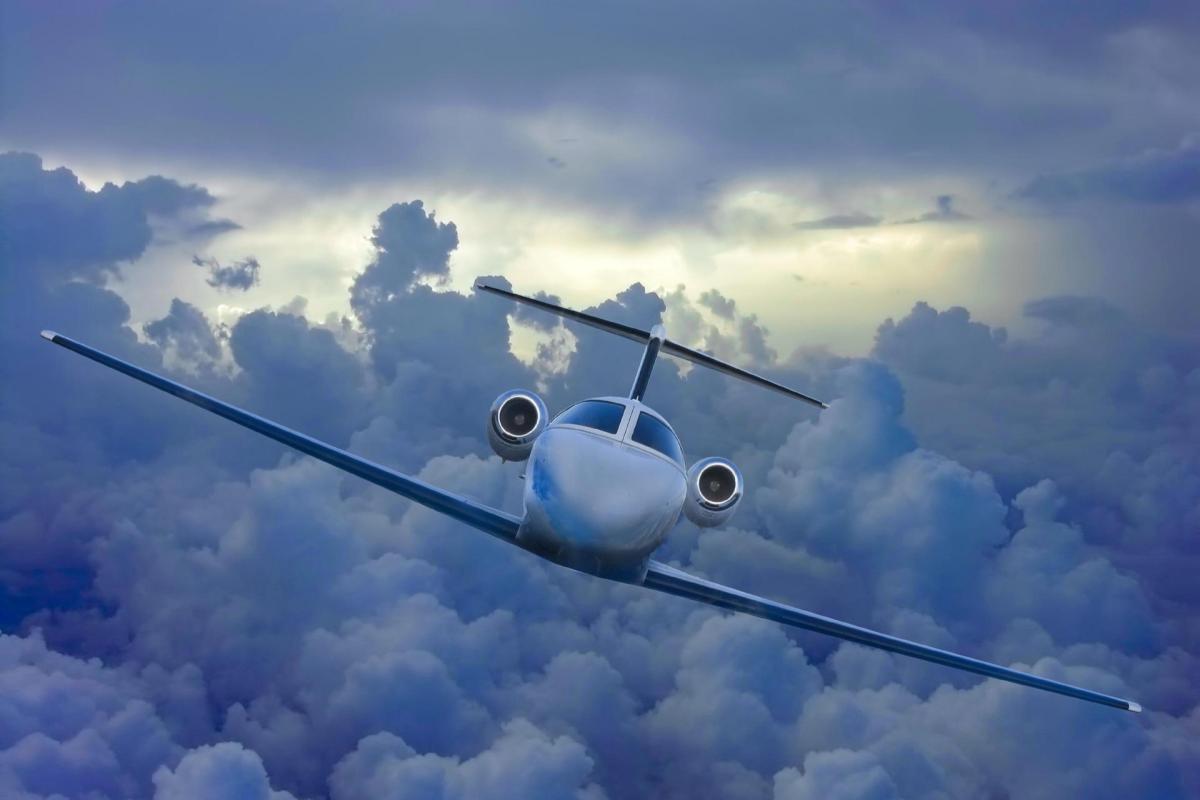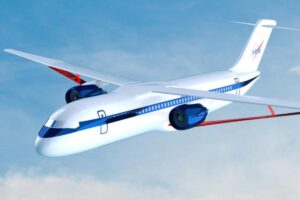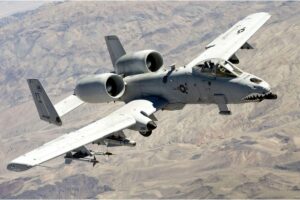RS-422 to 1553 Converters for Efficient Data Translation
Introduction
Modern avionics and defense platforms increasingly demand seamless interoperability between diverse subsystems. In many cases, data exchange between components utilizing different electrical and protocol standards becomes a crucial requirement. Among these, converting RS-422 signals to MIL-STD-1553 has emerged as a specialized but vital task. This white paper explores the technical nuances, application environments, advantages, and challenges of RS-422 to 1553 converters. It provides insight into design considerations, industry compliance standards, and future trajectories in this field.
1. Background and Context
1.1 RS-422 Overview
RS-422 is a balanced serial communication standard commonly used in industrial, aerospace, and military systems. It provides high-speed data transmission over long distances and supports point-to-point and multi-drop configurations. Unlike RS-232, RS-422 offers better noise immunity and higher data rates (up to 10 Mbps over shorter distances).
1.2 MIL-STD-1553 Overview
MIL-STD-1553 is a military-standard digital time-division command/response multiplex data bus. It operates at 1 Mbps and uses differential signaling over a twisted pair. Known for its deterministic performance and fault tolerance, it’s widely used in mission-critical applications.
1.3 Need for RS-422 to 1553 Conversion
While RS-422 and MIL-STD-1553 are both differential standards, their protocol layers are significantly different. Many legacy sensors and subsystems still output data in RS-422 format, which needs to be integrated into newer avionics or military data buses using MIL-STD-1553. Converters make this integration possible without redesigning the original systems.
2. Core Functional Requirements of RS-422 to 1553 Converters
2.1 Signal Level Compatibility
Although both RS-422 and 1553 use differential signaling, their electrical specifications, impedance matching, and tolerance levels differ. A converter must ensure proper level shifting, buffering, and termination to prevent signal degradation.
2.2 Protocol Translation Logic
The converter must interpret RS-422 data streams and encapsulate them in MIL-STD-1553 frames, aligning with the time-division multiplexing and command-response nature of the 1553 protocol.
2.3 Real-Time Processing and Timing
MIL-STD-1553 operates in a tightly controlled time-slotted environment. Any RS-422 data must be timestamped, buffered, and scheduled accurately for delivery within the 1553 framework without introducing jitter or delay.
2.4 Data Integrity and Error Checking
Error checking mechanisms like parity, checksums, and CRCs must be implemented to ensure that RS-422 data translated to 1553 remains error-free. Fault detection and notification are key for system reliability.
3. Architecture and Components of RS-422 to 1553 Converters
3.1 Interface Modules
Input interfaces for RS-422 must accommodate varying baud rates and line lengths. Output interfaces for 1553 must be transformer-coupled and meet MIL-STD-1553B requirements.
3.2 Controller and Protocol Engine
An embedded processor or FPGA typically performs data parsing, protocol translation, and scheduling. These logic units are configured to emulate a 1553 Remote Terminal (RT) or Bus Controller (BC).
3.3 Memory and Buffer Management
Temporary storage is required to align asynchronous RS-422 data to synchronous 1553 frames. FIFO buffers ensure smooth transitions and prevent data loss.
3.4 Power Supply and Protection Circuits
The converter must be robust against power fluctuations and electromagnetic interference. Isolation circuits and power regulators are included for safety and compliance.
4. Key Application Scenarios
4.1 Legacy Sensor Integration
Older flight sensors, GPS units, and gyros often use RS-422 for data output. With RS-422 to 1553 converters, these can be reused in new aircraft or retrofitted platforms.
4.2 Ground Support and Test Equipment
Test benches that simulate aircraft subsystems often produce RS-422 outputs. These need to be converted to 1553 to interface with the aircraft’s real-time test environments.
4.3 Secure Communication Systems
MIL-STD-1553’s support for encryption modules can be utilized by converting less secure RS-422 data into the 1553 domain for downstream encryption and secure routing.
4.4 UAVs and Small Aerial Platforms
Lightweight UAVs often use RS-422 due to its low overhead. As these systems evolve and require MIL-STD-1553 compatibility for broader mission integration, converters become indispensable.
4.5 Spaceborne Systems
In spacecraft, RS-422 may be used for internal subsystem communication. When these systems must interface with a 1553-based satellite bus, converters bridge the gap.
5. Standards and Compliance
5.1 MIL-STD-1553 Compliance Requirements
Converters must fully adhere to the electrical and protocol specifications outlined in MIL-STD-1553B, including signal levels, bus timing, and message formatting.
5.2 RTCA DO-160 / DO-254 / DO-178C
Avionics systems are subject to stringent environmental (DO-160), hardware (DO-254), and software (DO-178C) certification standards. Converters integrated into aircraft systems must meet these requirements.
5.3 NATO STANAG Compatibility
Some applications, especially in coalition operations, require compatibility with NATO standards. Converters must be validated accordingly.
5.4 EMI/EMC Standards
The converter should meet shielding, grounding, and radiation standards to operate reliably in high-EMI environments typical of aircraft and military vehicles.
6. Performance Considerations
6.1 Throughput and Latency
Converters must handle real-time data with minimal latency. This includes ensuring that the baud rate of the RS-422 side does not bottleneck the synchronous 1553 side.
6.2 Deterministic Operation
MIL-STD-1553’s command/response model relies on predictable data timing. The converter must align with the deterministic cycles to avoid missing communication windows.
6.3 Error Handling and Recovery
Converters should detect errors in both input and output and either correct them or report them to the system. Automatic retries, fail-safe states, and watchdog timers are common features.
6.4 Environmental Robustness
Shock, vibration, temperature extremes, and altitude are critical considerations for airborne and ground vehicle use. Devices are often tested to harsh environmental standards.
7. Design Best Practices
7.1 Modular Design
Using modular architecture allows for easy customization, future upgrades, and support for additional protocols if needed.
7.2 Built-In Test (BIT) Capabilities
Including self-diagnostics helps ensure system health and simplifies maintenance. BIT can include power-on self-tests, loopback checks, and communication verification.
7.3 Redundancy and Failover
Critical systems may require redundant converters with automatic failover to maintain uptime and safety.
7.4 Thermal Management
Passive and active cooling solutions must be considered to prevent overheating, especially in high-density or sealed enclosures.
8. Case Studies
8.1 Military Helicopter Avionics Upgrade
In a helicopter retrofit program, RS-422-based mission computers were integrated with new 1553-based navigation and weapons systems using converters, extending the lifespan of legacy systems.
8.2 Satellite Payload Integration
A commercial satellite used RS-422 subsystems that required integration into a MIL-STD-1553 bus for ground control compatibility. RS-422 to 1553 converters enabled seamless data handling and compliance with launch provider standards.
8.3 Ground Vehicle Command Systems
A defense contractor upgraded its vehicle command systems by interfacing RS-422 sensors with 1553-compatible communication hubs, ensuring better coordination in joint missions.
9. Emerging Trends
9.1 FPGA-Based Smart Converters
Reconfigurable logic enables intelligent protocol adaptation, allowing on-the-fly adjustments to data formats, baud rates, and transmission scheduling.
9.2 Cybersecurity Integration
Future converters are expected to embed encryption, secure boot, and intrusion detection to prevent cyber threats in increasingly networked defense environments.
9.3 Software-Defined Protocol Conversion
Some platforms are moving toward software-defined architecture, where conversion logic is handled by configurable modules within a centralized computing framework.
9.4 AI-Driven Optimization
Machine learning techniques may be applied to monitor traffic patterns and optimize converter performance or detect anomalies in real-time.
10. Conclusion
RS-422 to MIL-STD-1553 converters serve as critical enablers in mixed-protocol environments, particularly in aerospace and defense applications. They preserve investments in legacy systems, reduce integration costs, and ensure compliance with stringent military and avionics standards. As the demand for multi-protocol interoperability increases, these converters will continue to evolve, offering more intelligent, secure, and high-performance capabilities.





